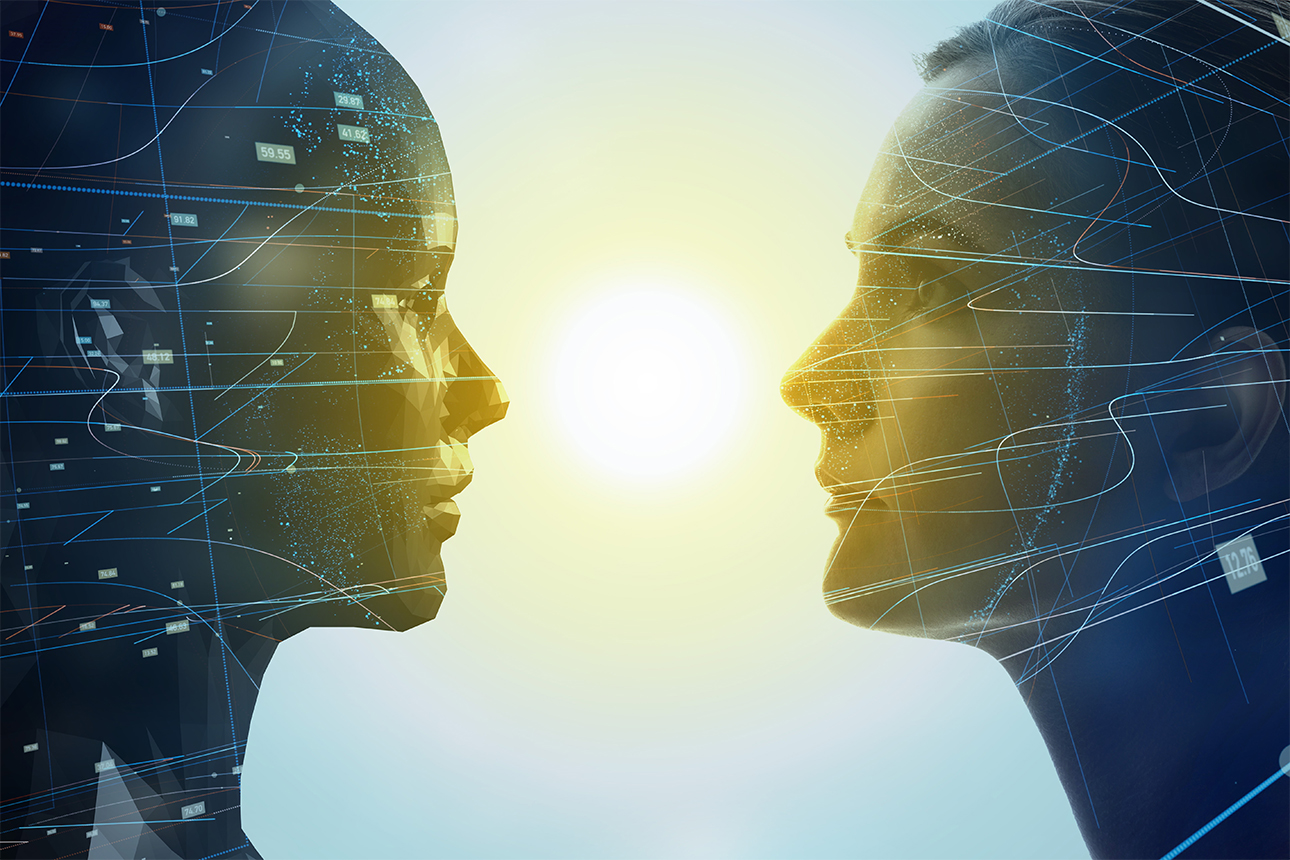How Digital Twins Are Reinventing Innovation
From faster and cheaper drug trials to fully “conscious” cities, digital replicas are changing the face and pace of innovation.
Topics
Frontiers

Last year the world held its breath as Notre Dame Cathedral stood shrouded in flames.
After the fire was extinguished, and it was revealed that the iconic cathedral was not lost, the hard work of restoration began. Until very recently, that process would have begun with a search through dusty archival blueprints to guide the intricate repair works. But in the age of the digital twin, engineers and architects were able to consult a digital model of the French cathedral — one far more detailed and interactive than any blueprint — which allowed them to stay true to the original structure while also incorporating new innovations in design and materials.
As its name suggests, a digital twin is a virtual replica of an object, being, or system that can be continuously updated with data from its physical counterpart. Supported by an estimated 25 billion connected global sensors by 2021, digital twins will soon exist for millions of things. A jet engine, a human heart, even an entire city can all have a digital twin that mirrors the same physical and biological properties as the real thing.
The implications are profound: real-time assessments and diagnostics much more precise than currently possible; repairs literally executed in the moment; and innovation that is faster, cheaper, and more radical.
Get Updates on Innovative Strategy
The latest insights on strategy and execution in the workplace, delivered to your inbox once a month.
Please enter a valid email address
Thank you for signing up
An Innovation Game Changer
Many commentators today worry about a crisis of innovation afflicting companies and economies. Some say we’re running out of new ideas and “life-altering” innovations. Others claim that innovation is crippled by bureaucracy and regulation.
But a more basic explanation is that innovation has always been difficult. It takes time. It requires costly trial and error. And it often faces significant ethical, social, and regulatory obstacles.
Consider car manufacturing, where development time has shortened from 54 months in the 1980s yet still takes 22 months today. Or the development of new lifesaving drugs, where the journey from discovery to commercialization can last decades.
Digital twins stand to change the innovation game by enabling three critical drivers:
1. Continuous evaluation. Traditionally, most complex products could be fully analyzed, piece by piece, only twice during their lifetime — when they were created and when they were broken down at the end of their life cycle.

Comments (2)
Rik Dryfoos
Larry Bradley